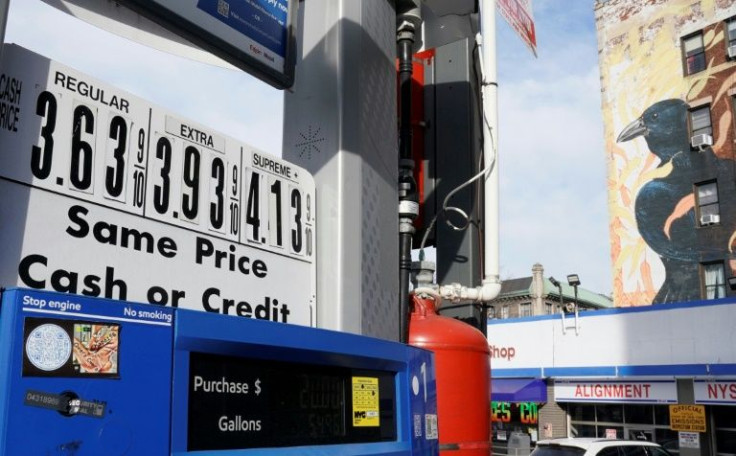Food and Energy Prices, Strong Dollar, Could ‘Boil’ Societies
Soaring food and energy prices could bring societies to the “boiling point,” where societies descend into chaos, causing riots worldwide. It happened before during the global food crisis of 2008-9 and 2010-11 for countries highly dependent on food imports. This time around, it will happen again for countries highly reliant on food and energy imports. And may happen far faster than in the last two crises.
How do societies transition from order to chaos?
Ruppert Russell, the author of "Price War$: How Commodity Markets Made our Chaotic World," provides the answers by summarizing the work of the founder and president of the New England Complex Systems Institute in Cambridge, Massachusetts, Yanneer Bar-Yam, who built a model of the transition from social order to chaos.
“Bar-Yam and his colleagues “mapped out the twin eruptions of 2008 and 2010-11 and found there was indeed a boiling point,” said Russell. “They used the UN’s Food Price Index (UNFPI), a monthly average of food prices, such as wheat, rice, and corn, trading on international markets.”
What’s the “tipping point” for the UNFPI, the threshold that fuels social unrest? The answer: 210.
That’s where food prices in 2008 and 2010-11 were — roughly twice the level in 2000.
“Just as 100 degrees Celsius is the boiling point for water, 210 on the Food Price Index “is the boiling point for societies,” Bar-Yam said. "It’s when riots are triggered.”
Meanwhile, Russell is looking into the “social context,” the conditions and circumstances which add fuel to social unrest, turning it into riots, under authoritarian regimes that use police brutality (e.g. Egypt, Tunisia, and Syria).
Where’s the UN’s Food Index right now?
Around 160, well below the 210 social boiling point, but almost double where it was in 2015.
Then there’s the timing of the soaring food prices. It comes when many economies around the world have weakened due to the COVID-19 pandemic lockdowns. Also, soaring food prices coincide with soaring energy prices, meaning that the social boiling point this time could be well below 210.
Some of these economies had registered high hunger rates before the Russia-Ukraine war broke out, like Nigeria, Kenya and the Philippines, according to a list compiled by Gallop. For instance, 71% of Nigerians said they lacked the money to buy food in the last 12 months, followed by 69% of Kenyans and 68% of Filipinos.
Which countries are at high risk of social boiling?
Once again, they are the counties with authoritarian regimes relying heavily on food and energy imports for their consumption needs and carrying a large dollar-denominated foreign debt, which has been made worse by the strong dollar.
Sri Lanka is one of them.
An authoritarian regime rules the island nation, heavily indebted and lacking the foreign currency to pay for food and energy imports.
Then there’s Turkey.
It, too, relies on food and energy imports for its consumption needs and carries a large dollar-denominated debt.
The list goes on with countries that are heavily dependent on food imports like Afghanistan, Burundi, Eritrea, Ethiopia, Nepal, Mali, Chad, Libera, Myanmar and North Korea — most of which are ruled by authoritarian regimes.
“Bread isn’t just bread in some countries,” said Russell. “It is the cornerstone of the social contract.”
In other countries, “bread is bread,” Russell continues. “It’s the source of 35 percent of daily calorie intake for people living in the Middle East and North America.”
Life without bread is life in hunger in a society ready to boil.

© Copyright IBTimes 2024. All rights reserved.






















